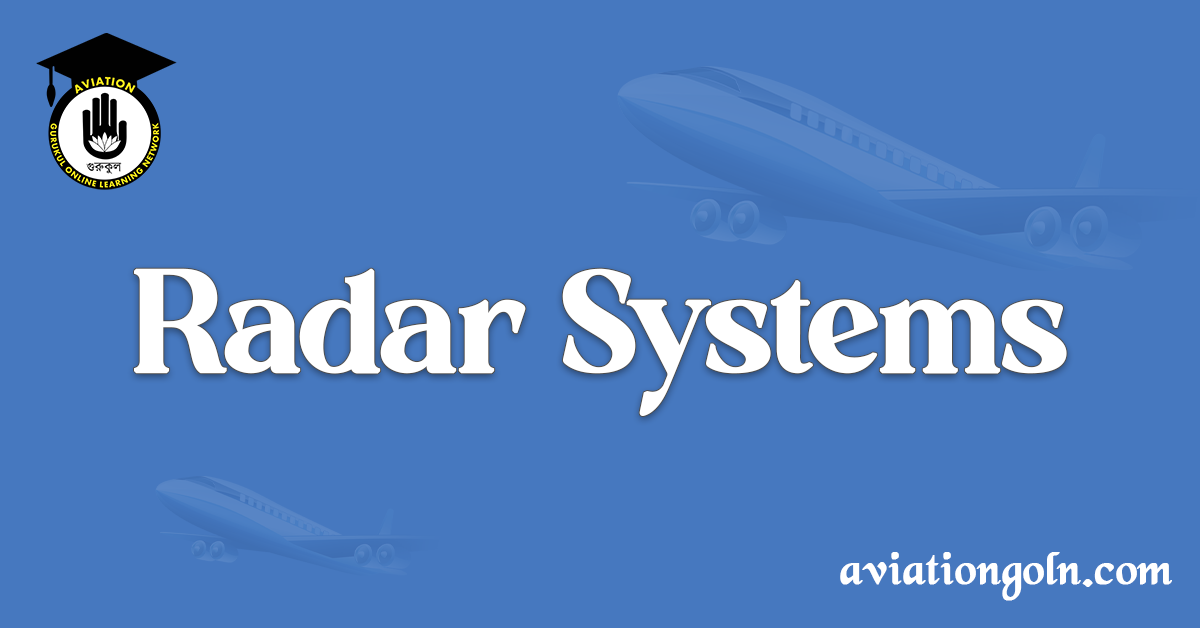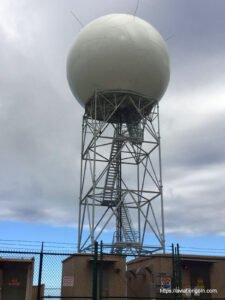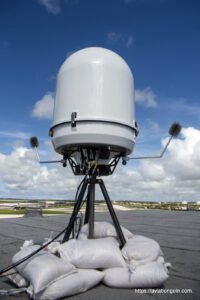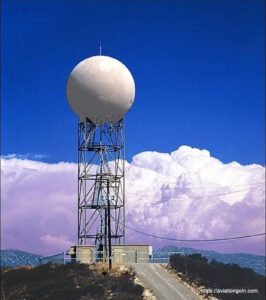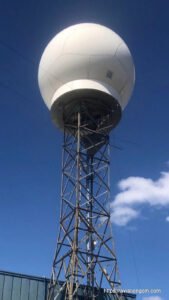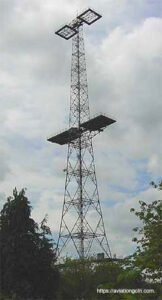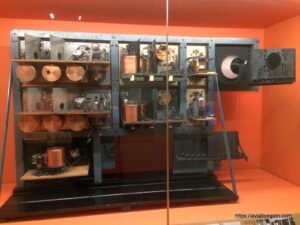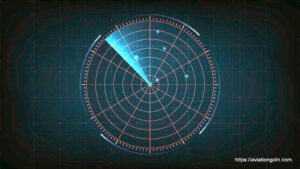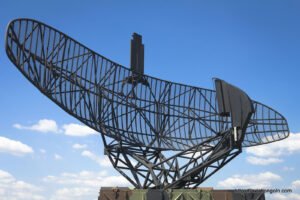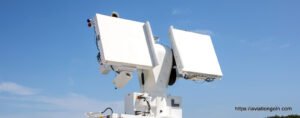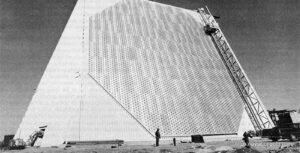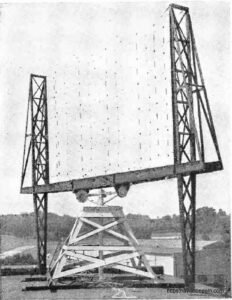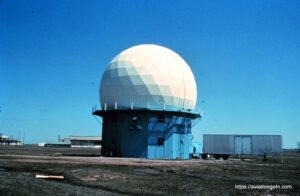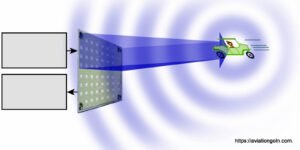Radar Systems or Radar, an acronym standing for Radio Detection and Ranging, is an essential technology used in numerous applications, from air traffic control, weather forecasting, and defense applications to automobile safety, law enforcement, and even space science. This fascinating technology, which was instrumental in turning the tide of World War II, is founded on the simple principle of bouncing radio waves off objects and interpreting the echo to gather information about that object. This article delves into the mechanics of radar systems, their history, types, and their far-reaching implications in various sectors.
Radar Systems
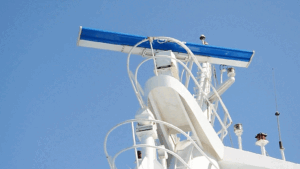
The Principle Behind Radar Systems
At its core, the functioning of a radar system is pretty straightforward. A transmitter generates an electromagnetic signal, which is then radiated into space by an antenna. When this signal encounters an object, known as the target, a portion of the signal is reflected back to the radar. The radar receiver, often located at the same site as the transmitter, detects this reflected signal and processes it to extract useful information about the target.
Key parameters that can be determined include the target’s distance, direction, height, speed, and size. The time it takes for the radio waves to hit the target and return helps calculate the distance, while the direction to the target is determined by the orientation of the radar antenna at the time of receiving the reflected signal. Additionally, by analyzing the Doppler shift of the reflected signal, i.e., the change in frequency due to the relative motion of the radar and the target, one can determine the target’s speed.
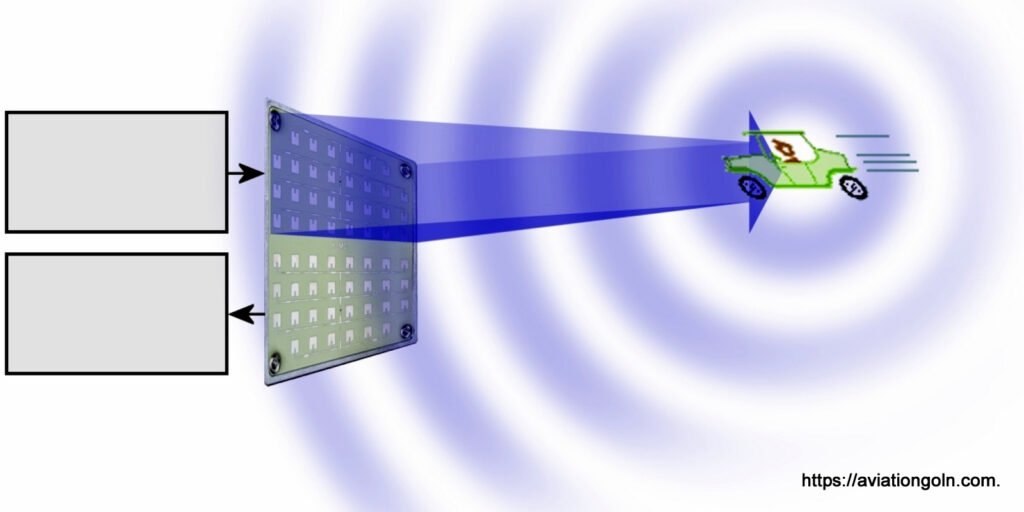
Historical Overview of Radar Systems
Although radar as we know it today didn’t take shape until the early 20th century, the underlying concepts trace their roots back to 1886 when Heinrich Hertz demonstrated that radio waves could be reflected off solid objects. However, it wasn’t until the 1930s that several nations, notably the United States, Germany, the United Kingdom, and the Soviet Union, began independently developing radar technology. The impetus for this was the growing threat of war and the need for an effective early-warning system against air attacks.
By the time World War II began, radar had become a crucial military asset. It proved decisive in several engagements, such as the Battle of Britain, where the Royal Air Force’s Chain Home radar system helped thwart the German Luftwaffe. After the war, the advent of the digital computer and the transistor led to significant advancements in radar technology, enhancing their capabilities and reducing their size.
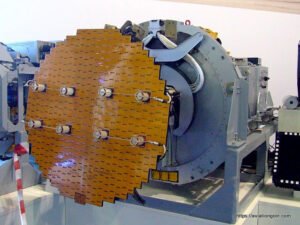
Types of Radar Systems
Radar systems can be classified in several ways. One common method is based on the type of signal they use:
- Continuous Wave (CW) Radar: CW radar transmits a constant, unmodulated signal and determines a target’s velocity using the Doppler effect. However, because it lacks any inherent timing mechanism, traditional CW radar cannot measure distance.
- Pulse Radar: Unlike CW radar, pulse radar transmits short bursts or pulses of radio waves, allowing it to determine the range to a target by measuring the time it takes for each pulse to return.
- Doppler Radar: Doppler radar, commonly used in weather forecasting, utilizes the Doppler effect to measure the velocity of particles in the atmosphere, allowing it to detect patterns of atmospheric motion.
- Phased Array Radar: This type of radar uses an array of antennas whose signals are phase-shifted to provide a steerable radar beam, without physically moving the antenna array. This provides quick scanning capabilities, making them ideal for ballistic missile detection.
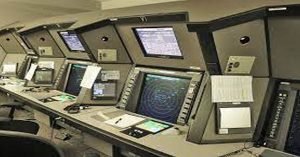
Applications of Radar Systems
The applications of radar are manifold, extending far beyond its military origins:
- Aviation: Radar systems are critical in air traffic control, helping guide planes during takeoff, cruising, and landing. Weather radar installed on aircraft helps pilots navigate around severe weather.
- Maritime: Ships use radar to navigate, particularly in poor visibility conditions, and to avoid collisions with other vessels and obstacles.
- Weather Forecasting: Meteorologists use radar to monitor precipitation. Doppler radar, in particular, provides insights into precipitation velocity and wind patterns, proving crucial in storm tracking and tornado detection.
- Automobiles: Modern cars often feature radar-based safety systems, such as adaptive cruise control and collision detection systems.
- Space Exploration: Radar is used to map the surfaces of planets and moons, to track satellites and space debris, and to land spacecraft safely.
- Law Enforcement: Police use radar to measure vehicle speeds, aiding in the enforcement of speed limits.
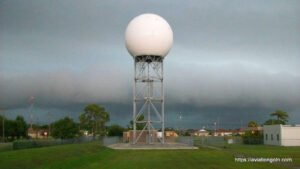
Advanced Radar Systems and Technologies
Radar technology has progressed rapidly in the past few decades due to advancements in digital technology and signal processing, leading to a variety of sophisticated radar systems:
- Synthetic Aperture Radar (SAR): SAR is a type of radar used to create high-resolution images of landscapes. SAR systems onboard aircraft or satellites take advantage of the motion of the radar platform over a target to provide finer spatial resolution than conventional beam-scanning radars.
- Inverse Synthetic Aperture Radar (ISAR): Unlike SAR, ISAR uses the movement of the target to create a high-resolution image. This technique is often used in radar astronomy, spacecraft navigation, and for imaging of moving targets in the military domain.
- Passive Radar: Traditional radar systems emit radio waves and detect their reflections to gain information about objects. Passive radar, on the other hand, doesn’t have a transmitter. Instead, it relies on signals from other sources, like radio, TV, or cell towers, and detects their reflections off objects. This technique offers the advantage of being covert and immune to traditional radar detection systems.
- Quantum Radar: This is a theoretical concept that could revolutionize radar technology. Quantum radar would use quantum entanglement – a principle where two particles are intertwined and mirror each other’s behavior, no matter their distance apart. While still in the experimental stage, quantum radar could potentially offer immense advantages like stealth operation, improved detection capabilities, and resistance to jamming.
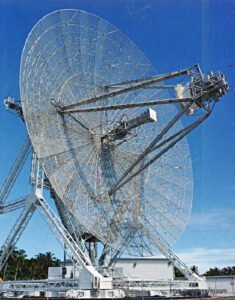
Radar Systems and Modern Challenges
Despite their impressive capabilities, modern radar systems face challenges. For instance, stealth technology aims to make aircraft and ships invisible to radar by using specialized materials and design features that absorb or scatter radar signals, making them difficult to detect.
Further, the proliferation of wind turbines can interfere with radar signals, causing Doppler radar systems to incorrectly identify them as moving aircraft. The turbines’ rotation can also create radar clutter, obscuring aircraft and weather phenomena.
Another challenge is the increasing demand for the radio frequency spectrum. As the spectrum becomes more crowded with the proliferation of wireless devices and communications systems, it becomes more challenging to find clear frequencies for radar operations.
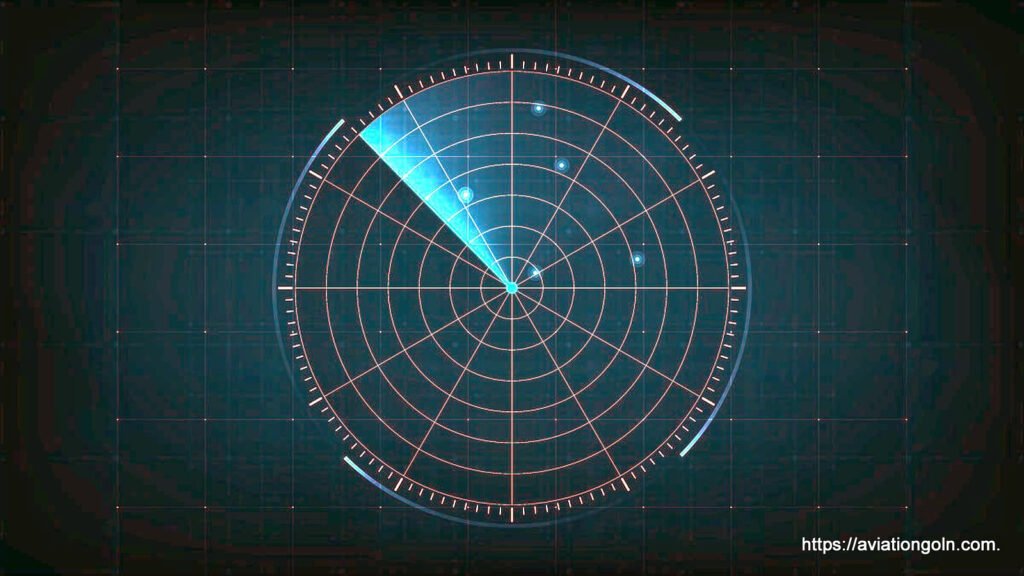
Future of Radar Systems
Looking forward, radar technology promises to be a key enabler in a number of emerging applications. One example is autonomous vehicles, where radar plays a crucial role alongside lidar and cameras in the sensor suite that allows the vehicle to understand its environment.
Similarly, as drones increase in number for various applications like delivery services, surveillance, and even passenger transport, radar technology will be vital for collision avoidance and navigation, particularly in urban environments.
Another promising area is through-wall radar, which can be used for locating survivors in collapsed buildings after disasters, or for security applications.
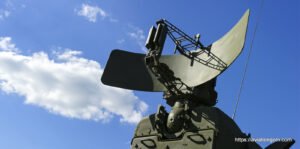
From its humble beginnings as a military tool to its ubiquitous presence today, radar has become an indispensable technology in our world. Understanding how radar works and its wide-ranging applications not only sheds light on this fascinating technology but also highlights its crucial role in numerous aspects of our lives.
As technology continues to advance, radar systems will undoubtedly evolve, bringing about even greater capabilities. In fields such as autonomous vehicles and drone technology, where real-time situational awareness is paramount, the future of radar looks particularly promising. The ever-evolving world of radar systems, thus, remains a fascinating domain of human ingenuity, continuing to push the boundaries of what is achievable with technology.
The story of radar is a testament to human ingenuity, showing how a fundamental understanding of the physical world can lead to technologies that revolutionize our lives. From its roots in wartime defense to its widespread use in civilian applications, radar technology has become a cornerstone of modern society.
As we look to the future, new frontiers such as quantum radar and the use of radar in autonomous vehicles and drones offer exciting avenues for development. Despite the challenges, the importance of radar technology in our lives is only set to increase. The evolution of radar is a journey that is far from over, with many more exciting chapters yet to be written.
